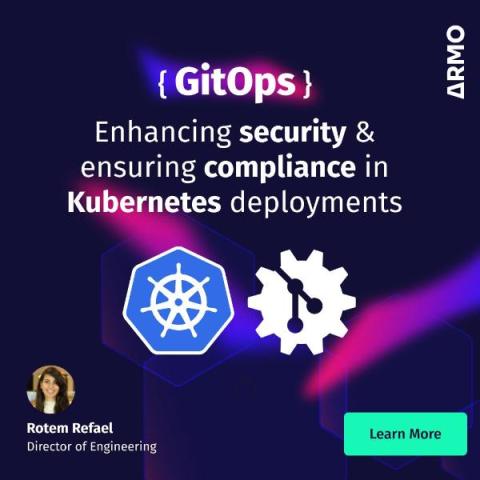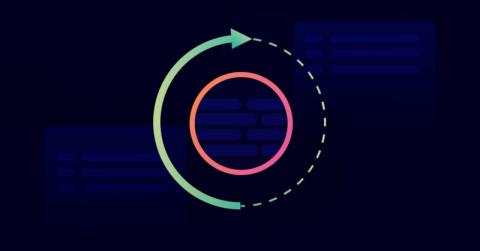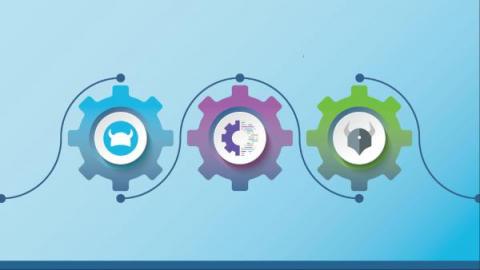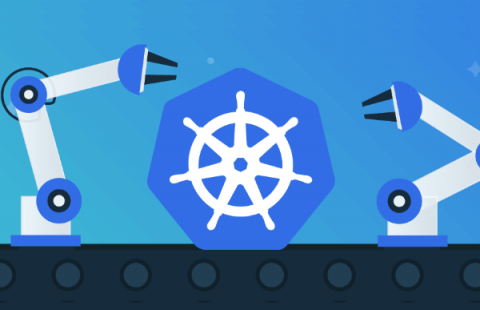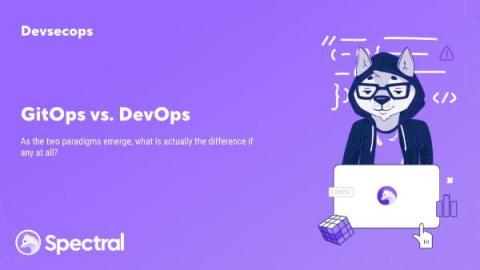Security | Threat Detection | Cyberattacks | DevSecOps | Compliance
GitOps
How GitGuardian Provides Peace of Mind for Kubefirst
GitOps - Enhancing security and ensuring compliance in Kubernetes deployments
Does GitOps enhance application security?
GitOps was pioneered by Weeveworks in 2017. It uses familiar tools to implement continuous deployment for cloud-native applications, improving the developer experience of Kubernetes cluster management and application delivery.
GitOps with Styra DAS and OPA
The practice of infrastructure as code (IaC) has enabled platform teams to control infrastructure using code stored in Git. This enables teams to apply standard development practices like code review and testing to infrastructure management. The practice of GitOps takes this a step further by: Open Policy Agent (OPA), thanks to its Rego policy language, enables organizations to manage their authorization policies as code (PaC).
Secure your application from Argo CD to Kubernetes
GitOps is a popular framework for managing and securing the application development pipeline. For many who have embarked on a GitOps journey, a common question is: “how can I secure my pipeline when everything is automated?” The GitOps framework is a concept where any code commits or changes are done through Git, which then triggers an automated pipeline that builds and deploys applications on Kubernetes.
GitOps and Shift Left Security: The Changing Landscape of DevSecOps
Application developers have always had a tricky balance to maintain between speed and security, two requirements that may often feel at odds with each other. Practices that increase speed also pressure development teams to ensure that vulnerable code is identified and remediated without slowing development. As companies embrace digital transformation initiatives, the need to weave better security into developers’ workflows has only grown clearer.
How to apply security at the source using GitOps
If your GitOps deployment model has security issues (for example, a misconfigured permission because of a typo), this will be propagated until it is hopefully discovered at runtime, where most of the security events are scanned or found. What if you can fix potential security issues in your infrastructure at the source? Let’s start with the basics.
What Is GitOps and How Will it Impact Digital Forensics?
GitOps is arguably the hottest trend in software development today. It is a new work model that is widely adopted due to its simplicity and the strong benefits it provides for development pipelines in terms of resilience, predictability, and auditability. Another important aspect of GitOps is that it makes security easier, especially in complex cloud and containerized environments.
GitOps vs. DevOps: What's the Difference and Why Should You Care?
DevOps has been the methodology of choice among developers for over a decade. No doubt, it’s proven its efficiency and ability to speed up processes while uniting teams by promoting open communication and shared responsibility. But will GitOps steal the spotlight? We’re exploring the answer in today’s post by looking at these two methodologies’ similarities and differences, advantages, and limitations.




